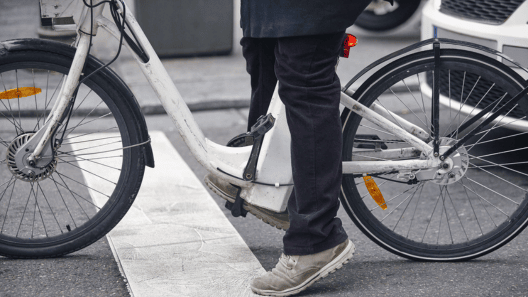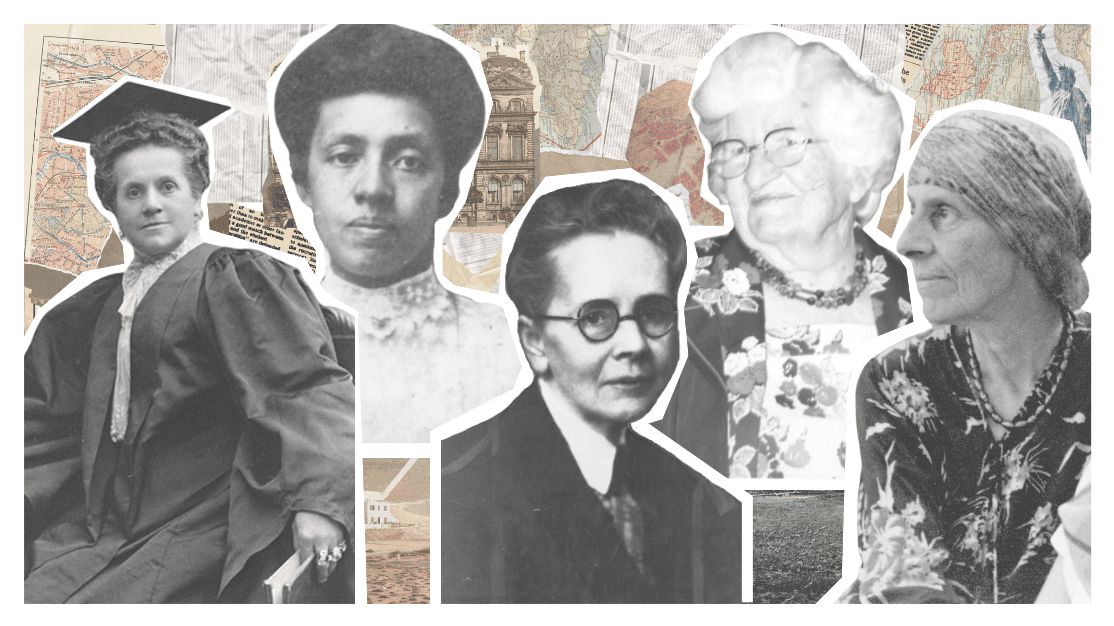
Acting in Good Faith: The Proposed Guidelines for Decreasing Carbon Emissions
In 2019, Local Law 97 initiated a series of deadlines to reduce the greenhouse gas emissions produced by NYC buildings to net zero by 2050. As the first major benchmark looms this upcoming January, Mayor Eric Adams has recently proposed a comprehensive guideline for implementing the law. This guideline, titled, “Getting 97 Done,” introduced a two-year extension for building owners who fail to comply with the energy cap by Jan. 1, 2024. As long as building owners can prove a “good faith effort,” namely by demonstrating progress on decarbonization and sharing a plan of future compliance, the Department of Buildings (DOB) will be willing to waive penalties for building owners. “Getting 97 Done” also establishes a chance to earn credit for early electrification work in a building, which owners can apply towards their compliance efforts.
“Good Faith Effort” Qualifications
According to DOB guidelines, in order for a building over the emissions limit to apply for a “good faith effort” exception, the building must:
- Prove that work to meet the emissions limits is underway
- Demonstrate that the building is engaged in long-term decarbonization planning and will achieve near-term compliance with the 2024 and 2030 emissions limits (without purchasing renewable energy certificates for the 2024-2029 period)
- Purchase renewable energy certificates to deduct from greenhouse gas emissions up to the amount of their electrical load
- Pay penalties
“These rules allow buildings that document a ‘Good Faith Effort’ to invest would-be fines into decarbonization projects in return for extended deadlines to meet the 2024 thresholds,” said Mary Ann Rothman, executive director, Council of New York Cooperatives & Condominiums (CNYC). “Credits for early electrification are another helpful incentive.”
The Progress So Far
The new rules demonstrate an effort to incentivize, rather than enforce, green energy changes. A recent analysis of the prospective costs of Local Law 97 determined that, by 2030, 15,000 buildings will require an investment of $12 to $15 billion. Conscious of the challenge that these costs may present to building owners, the “good faith effort” offers mitigation for what will ultimately be a difficult transition. Despite these steep costs, this analysis also revealed that the previously implemented changes are working over time. Of the buildings covered by Local Law 97, only 11% are currently not in compliance, contrasted with 20% in 2019. This rate of noncompliance exceeds the original 20% projection forecasted for 2024 to 2029.
While the plan remains controversial, it is NYC’s first line of defense against climate change in the years to come. As the stakes continue to rise yearly, the NYC DOB remains determined to decrease carbon emissions by 40% as soon as 2030. While some building owners may opt to avoid implementing substantial changes in the next few years, eventually, green energy will become an inevitable investment. Violators of Local Law 97 will face steep fines in 2050, and it is in the best interest of building owners to prepare for this future.
“Buildings account for roughly 70% of New York City’s greenhouse gas emissions, more than half of which comes from large buildings,” said New York State Assemblymember Jenifer Rajkumar. “‘Getting 97 Done’ fast tracks implementing Local Law 97. It gives buildings guidance, helps them with compliance, and further analyzes the effectiveness of the changes.”
A Bright Green Future
Local Law 97 is not the only initiative working towards a greener city. Other important projects include efforts to deliver renewable energy to NYC’s power grid from Canada and Upstate New York. One such effort, the Champlain Hudson Power Express (CHPE), is an under-construction cable linking NYC to hydropower energy sources in Canada. CHPE seeks to accelerate the progress spearheaded by Local Law 97, create hundreds of new jobs, and bring $3.5 billion in economic benefits to New Yorkers. The cable is projected to provide 20% of NYC’s energy in 2026 and will represent a landmark of green energy as the largest underground, underwater transmission line in the U.S.
The deadline for the 2024 emissions benchmark is approaching soon! If you need assistance with any building code concerns, the experts at would be happy to help.
Resources
- Local Law 97
- Getting 97 Done
- Mayor Adams Launches “Getting 97 Done,” Comprehensive Mobilization Strategy To Reduce Building Emissions
- Governor Hochul Announces Start of Construction on 339-Mile Champlain Hudson Power Express Transmission Line to Bring Clean Energy to New York City








